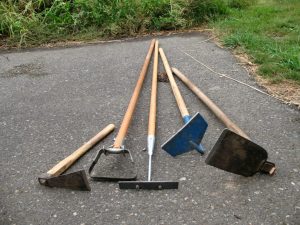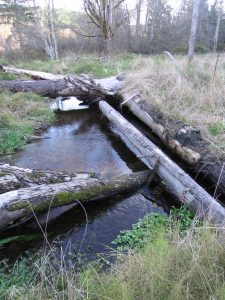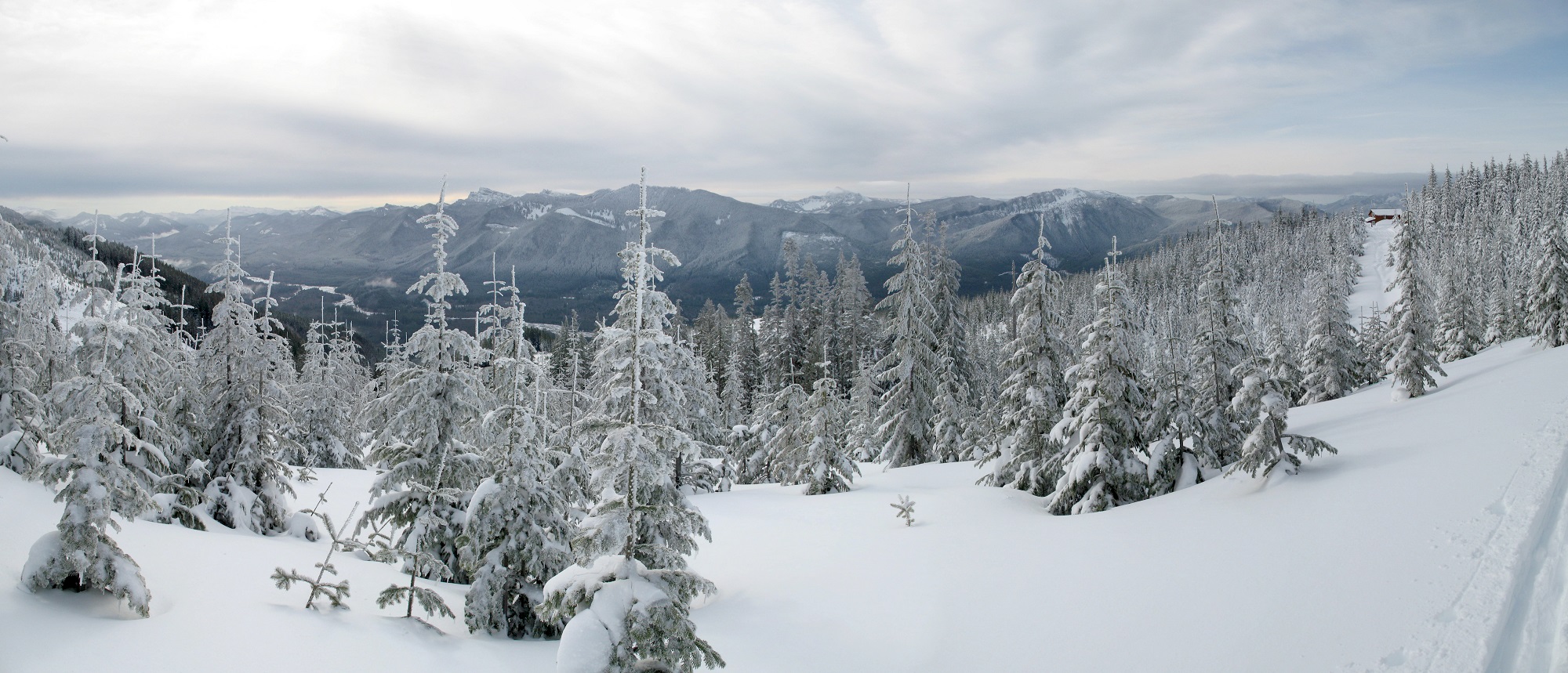Ricardo Tabayoyon taught me that the secret of making tortillas is in many small things: the warmth of the water that enlivens the dough, the feel of the ratio of lard to flour, the searing heat in the thermal mass of cast iron. Tortillas are a craft coaxed from fat, water, flour and soda. Most of all there is a rhythm to the baking.
Each plump round ball is formed in preparation; dough is shaped with internal structure, pointed upward, like a fungal puffball or a young mushroom cloud. With the pan hot and everything ready, a ball is pressed into a well-floured disk, dusted off an placed on the rolling board. The rolling pin pushes forward and backward between flips with a quarter rotation. You adjust the rotation and weight on the pin to preserve the circle. If done well, the tortilla goes onto the dry griddle neither sticky nor with flour on the surface to burn and blacken. Pressing the next disk starts when the first tortilla goes on the griddle, and takes just long enough to sear the front and provoke bubbles, around 5 seconds. Then you flip the half-cooked bread. Back to rolling, which takes just long enough to sear the back where the doughy blisters perch on the hot iron, but the inside is moist. The finished tortilla goes under a towel, and the next goes on the heat. Thetemperature of the griddle sets the pace–pressing, flipping, rolling and switching in a seesaw equilibrium. If the temperature is right there is just enough time to contemplate the future and tend the rolling space. Cooking tortillas has the elegance of juggling or jumping rope–a moment of grace where intention and action are perfectly synchronized. Hand-made tortillas are not improved by making them faster or slower.

This feeling of craft is what I miss most about my previous work as a landscaper since joining the ecosystem restoration industry. Modern restoration looks like a monkey a chicken and a bull riding a bicycle. Instead of a team in common rhythm, we are divided into strategists, and financiers, and engineers and permit reviewers, neighbors, and bean counters, and land owners all engaged in a staggering jerky dance driven by conflicting stories and institutional conditioning. Considering the coincidence needed to actually build a large project, the vision, the resources, the land; it is proof of grace that restoration happens at all. It is no secret that our progress is slower and more expensive then necessary. Sometimes craft is noticeably lost in the struggle to just get it done.
You could reasonably argue that all collective human endeavors are that way. However I have labored in teams working towards common goals–practical goals that we all value. I have bonded with ditch crews, and laughed with planting crews. This is hard work, which can either be full of clarity and purpose, or disabled by confusion and twisted intentions.
If we wanted restoration of watersheds to be a craft, how would we cultivate our community? What would be the shape of our relationship with the land and seasons? How would we lead and serve and teach and learn? I suspect it will be more like making tortillas.

The annual cycle of work is driven by the revolution of the earth around the sun. In-water construction waits for the dry season but gets out of water before the salmon return. Transplanting begins as early as possible after the cyclonic rains return, leaves drop, and plants fall asleep. Everything else builds a pattern around these right moments (called Kairos by the Greeks: the moment when something is possible, as contrasted with Kronos, the inexorable marching of time.) All else is preparation in anticipation of the moment where the dough meets the griddle–the moment of creation.
In an ideal system, we’d spend time living on the land and building community across the project lifecycle. We’d talk through the days work over breakfast. We’d be patient, and do the right work at the right time. We’d design and share new tools. Each project would be an experiment, and we’d take risks together to build our craft.
The secret of craft is not in the contract, or written on paper, but in the people who do the work, and their relationship with each other and their common purpose on the land. Any two grandmothers can bake tortillas together and form a productive pattern. There is no gantt chart, no dispute resolution clause. They are pulled by a combination of experience and service. It is a form of capital that cannot be procured except by time and intention.

I sometimes wonder, how would restoration would look without an Endangered Species Act and a Pacific Coast Salmon Recovery Fund, and a National Estuary Program, and a Clean Water Act, and all our filing cabinets and hard drives full of reports. Would we have build something different from the visions and craft of individuals working in the places they love? Perhaps all that money has enabled people like me to sit here and reflect on both what we’ve done and what we haven’t. Perhaps there would be no restoration movement without dragging ourselves forward with tax dollars, and the self-flagellation of regulation. In truth, it is likely that the legal and legislated tools of the restoration industry provide us a surrogate, for the culture that we don’t have. We study only as required, because we find understanding too expensive. We care more about concepts, than for specific places. Our industrial restoration tools may be ugly crutches for a people that have forgotten how to walk.
I dream of when ecosystem stewardship becomes a craft. I suspect that this will not come from implementation strategies and agency committees. It will be relationships with neighbors and seasonal rhythms that tell us what is too fast and what is too slow. It will be in the details like how the pattern of rolling determines the final shape of the tortilla. A deep knowing of how much is enough, and when further effort would be wasted, because we treasure both the land and our craft. Maybe we will learn to read soil and stream like dough, looking for the right feel.
What I am certain of is that it will take practice. Learning restoration will not happen in a board room, but in the workshop of the earth. I yearn to create such a home for restoration, and to live there. Building relationships with ecosystems is a form of craft that we have only begun to recognize, and we have not paid our dues. If you want to know a place, you need to spend time there. Our ancestors knew landscapes by living in them. It would be wise, if we were to learn this craft, to spend more time in the workshop, sharpening our tools, and sharing our observations.


